Deer can be charming creatures to spot in the wild, but when they wander into our gardens, they quickly become unwelcome guests. Many of us have experienced the frustration of waking up to find our carefully nurtured plants chewed down to the roots, leaving our hard work in shambles. Deer are opportunistic eaters, and when their natural food sources dwindle, our gardens become an easy target.
The challenge of keeping deer out isn’t a one-size-fits-all solution, which is why we need a multi-faceted approach. By combining several strategies ranging from physical barriers to selecting deer-resistant plants we can protect our gardens more effectively. Let’s dive into the methods we can use to keep these hungry visitors at bay.
Physical Barriers
When it comes to stopping deer from invading our gardens, fencing remains one of the most reliable defenses. However, not all fences are created equal, and understanding the best options can help us choose a solution that suits both our garden’s aesthetic and practical needs.
Woven Wire Fencing
This type of fencing is incredibly sturdy and does an excellent job of preventing deer from squeezing through or jumping over. It’s a long-term solution that can provide peace of mind for years. The closely spaced wires make it difficult for deer to reach over or under, making it a strong and effective barrier.
Electric Fencing
If we’re looking for something more budget-friendly, electric fencing might be the way to go. It’s not only cost-effective but also works by teaching deer to avoid our gardens. The mild shock they receive when coming into contact with the fence is enough to keep them away without causing any harm. Regular maintenance, though, is crucial to ensure it continues to function correctly.
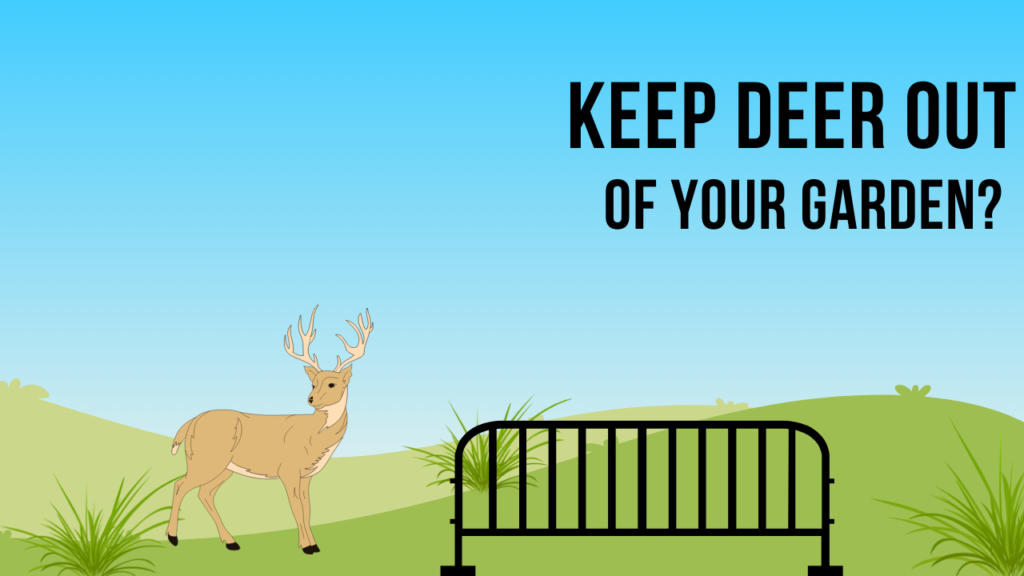
Polypropylene Fencing
For those of us who want a lightweight and easy-to-install option, polypropylene fencing is a great alternative. While it might not seem as robust as other options, its high visibility acts as a deterrent, signaling to deer that the area is off-limits. It’s also less obtrusive in appearance, blending well with the natural environment.
Key Point
No matter what type of fence we choose, it’s essential that it be at least 8 feet tall. Deer are remarkable jumpers, and anything shorter simply won’t cut it.
Deer-Resistant Plants
While fencing offers great protection, adding deer-resistant plants to our garden is another proactive way to discourage deer from nibbling away. There are several plants that deer typically avoid, either due to their strong scents, textures, or tastes.
Aromatic Plants
Deer have a sensitive sense of smell, and certain plants that give off strong aromas tend to keep them at a distance. For example, plants like lavender, rosemary, and sage are not on the top of a deer’s menu. We can incorporate these fragrant options around our garden to create a natural scent barrier that’s unpleasant for deer but delightful for us.
Companion Planting
Another clever method we can use is companion planting, which involves strategically placing deer-resistant plants next to more vulnerable ones. For instance, planting garlic or chives next to delicate flowers like roses can help protect them. The strong smell of garlic can mask the scent of the tastier plants, making it harder for deer to single them out.

Key Point
By selecting plant varieties that deer tend to avoid, we can reduce the likelihood of them finding our garden an attractive buffet. These plants not only protect themselves but also help shield neighboring plants from becoming a meal.
Repellents
When it comes to keeping deer away from our gardens, using repellents can be an effective strategy. These can be either commercial products or homemade concoctions that we whip up ourselves.
Commercial Repellents
There are plenty of pre-made repellents available in garden centers or online that are designed to deter deer. Many of these products are formulated with scents and tastes that deer find unappealing. They are convenient, and with a quick spray, we can protect our plants. However, it’s essential to follow the instructions for application and reapplication, especially in areas with heavy rain or humidity.
Homemade Repellents
If we prefer a DIY approach, there are several effective ingredients we can use to create our own deer repellents. Some popular choices include:
- Eggs: The odor of rotten eggs is particularly unappealing to deer.
- Hot Sauce: A mixture of hot sauce with water can provide a spicy deterrent.
- Garlic: Its strong scent is another natural deterrent.
- Clove Oil: This potent oil can add an extra layer of repellent power.
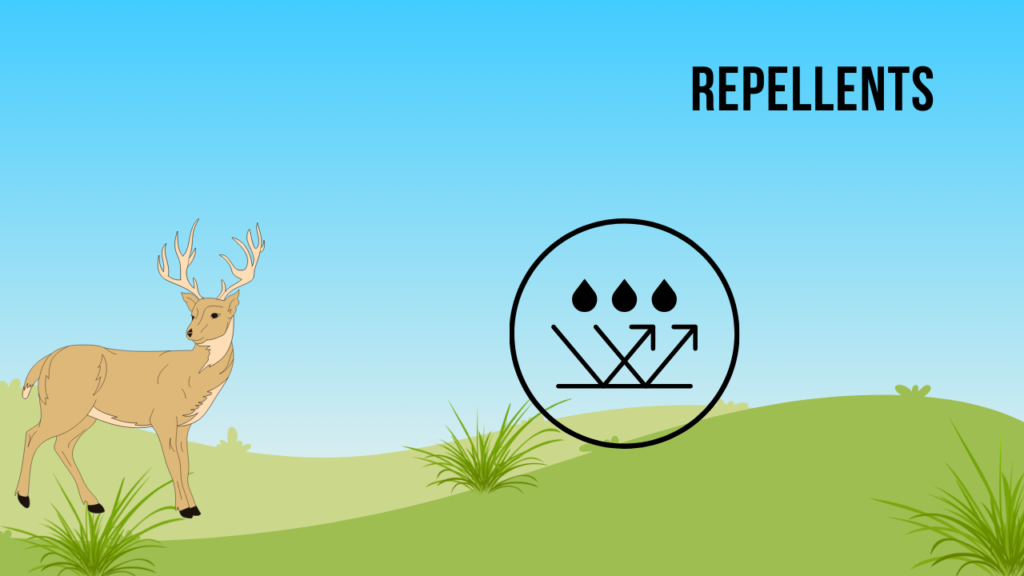
Key Point
Remember that repellents require regular reapplication, especially after it rains. We need to stay on top of it to ensure our plants remain protected.
Scare Tactics
Implementing scare tactics can also help us keep deer at bay. While deer are cautious animals, they can sometimes be surprisingly bold. That’s why we can use various methods to create a sense of danger in our gardens.
Motion-Activated Sprinklers
One effective tool we can use is motion-activated sprinklers. These devices detect movement and spray water, startling deer when they come too close. Not only does this deter them, but it can also help keep our plants hydrated!
Sound Devices
Incorporating sound devices can create an unsettling environment for deer. We can use radios, wind chimes, or noise-making gadgets to make our garden less inviting. The unpredictable sounds can keep deer on their toes.
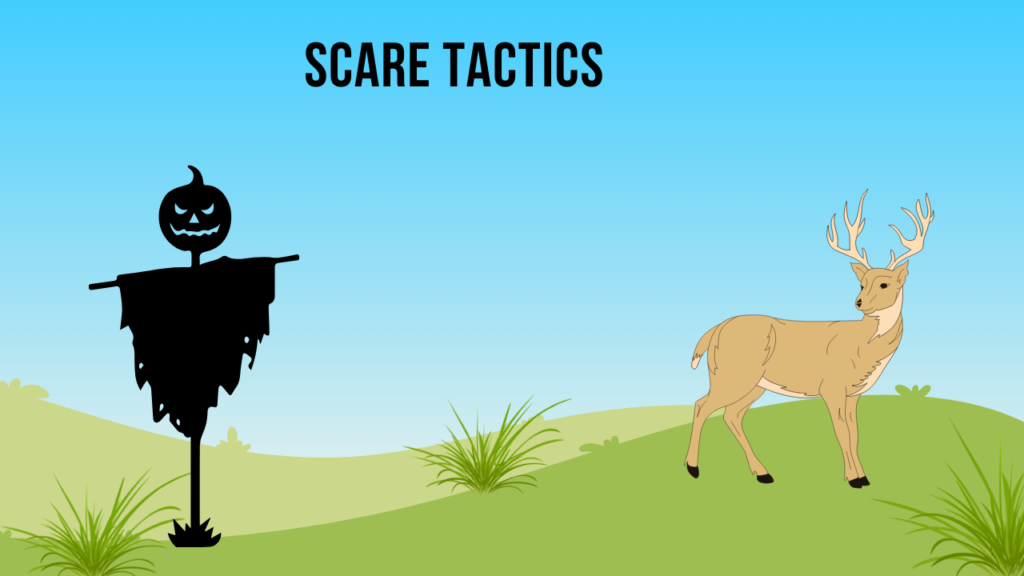
Key Point
It’s essential to remember that deer can become accustomed to some scare tactics over time. Therefore, it’s best to rotate methods periodically to maintain their effectiveness.
Natural Deterrents
Alongside repellents and scare tactics, we can also explore natural deterrents that are easy to find and apply.
Human Hair
One quirky yet effective method is to scatter human hair around our garden. The unfamiliar scent can confuse and deter deer, making them think twice before entering.

Bar Soap
Another simple approach involves hanging fragrant bar soap in trees or shrubs. The strong scent disrupts the deer’s keen sense of smell, adding another layer of protection to our plants.
Key Point
While natural deterrents are straightforward to use, they may require frequent maintenance. Regularly refreshing these deterrents can help keep our garden safe.
Garden Layout Adjustments
The layout of our garden can significantly impact deer access. By making strategic design choices, we can minimize their ability to reach our prized plants.
Proximity of Plants
We should consider keeping our most attractive plants closer to the house and further from the property edges. This not only makes them less accessible but also allows us to keep a closer eye on them.
Create Levels
Incorporating terraces or raised beds can also help deter deer. The varying heights make it more challenging for them to navigate our garden, providing us with a natural barrier.
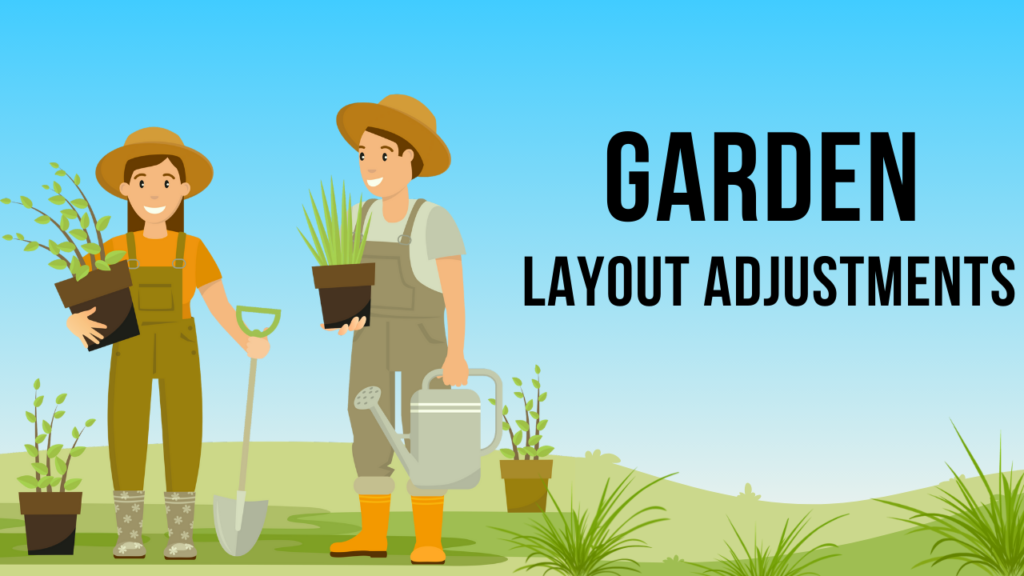
Key Point
Thoughtful garden design can dramatically reduce deer access and make our spaces less inviting for these curious animals.
Regular Garden Maintenance
Lastly, maintaining our gardens is crucial for keeping deer at bay. Regular attention can help us stay one step ahead.
Inspection
We should frequently check for signs of deer activity. This can include tracks, nibble marks on plants, or droppings. Spotting these signs early allows us to take action quickly.
Maintenance of Barriers
It’s vital to ensure that our fences, repellents, and scare devices remain effective. Regular checks and maintenance will help us identify any areas that need improvement.
Key Point
Consistency is key to maintaining an effective defense against deer. By staying vigilant and proactive, we can protect our gardens from these persistent intruders.
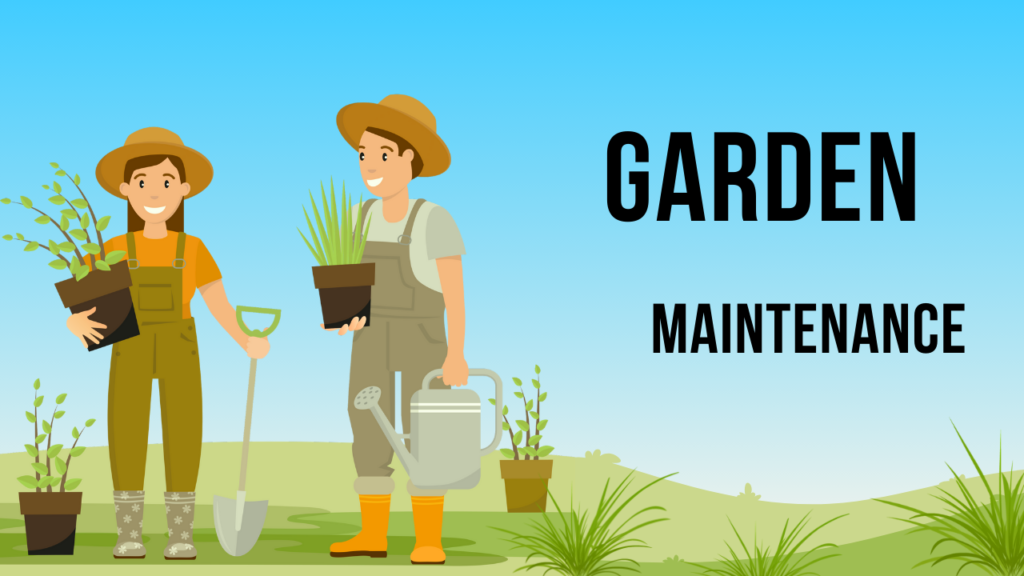
FAQs on How to Keep Deer Out of Your Garden
1. What is the most effective way to keep deer out of my garden?
The most reliable method to keep deer out of your garden is by installing a physical barrier such as a fence. For optimal results, a fence should be at least 8 feet tall, as deer can easily jump over shorter barriers. Combining fencing with other methods like repellents and scare tactics can further enhance protection.
2. How often should I reapply deer repellents?
Deer repellents, whether commercial or homemade, need regular reapplication, especially after heavy rainfall or irrigation. Depending on the brand or ingredients used, you may need to reapply every 1 to 2 weeks. Always check the manufacturer’s instructions for specific guidelines.
3. Can deer-resistant plants really keep deer away?
While deer-resistant plants such as lavender, rosemary, and sage are less appealing to deer, they won’t completely guarantee deer won’t enter your garden. However, planting these alongside more vulnerable plants can help reduce the likelihood of deer munching on your prized greenery. Deer prefer tender, young plants, so mature and aromatic varieties are a good deterrent.
4. Do motion-activated sprinklers really scare deer off?
Yes! Motion-activated sprinklers work well to startle deer by spraying water when they detect movement. These devices not only scare deer but also offer a humane way to protect your garden. To keep them effective, you might want to change the location of the sprinklers occasionally, as deer can become accustomed to their presence over time.
5. Are homemade repellents as effective as commercial ones?
Homemade repellents can be just as effective as commercial products if used consistently. Ingredients like eggs, garlic, and hot sauce are commonly used because deer dislike the strong smells and tastes. However, homemade repellents also require frequent reapplication, particularly after rain, just like their commercial counterparts.
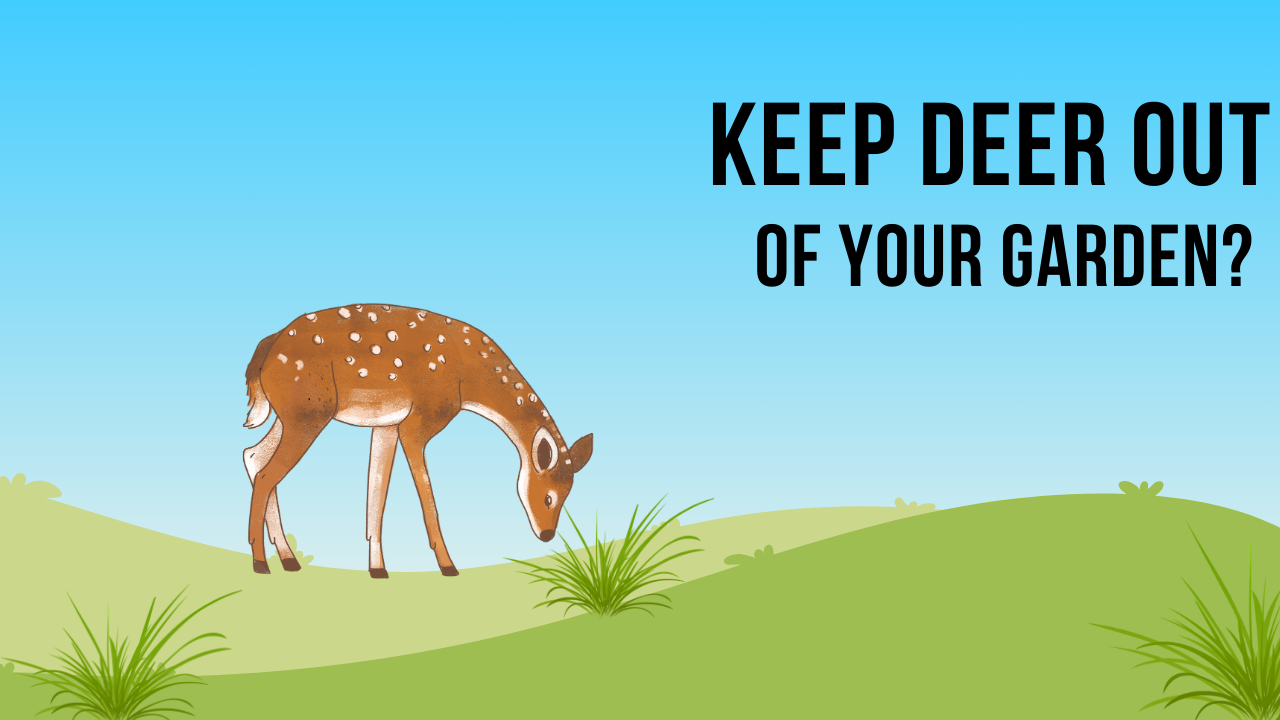









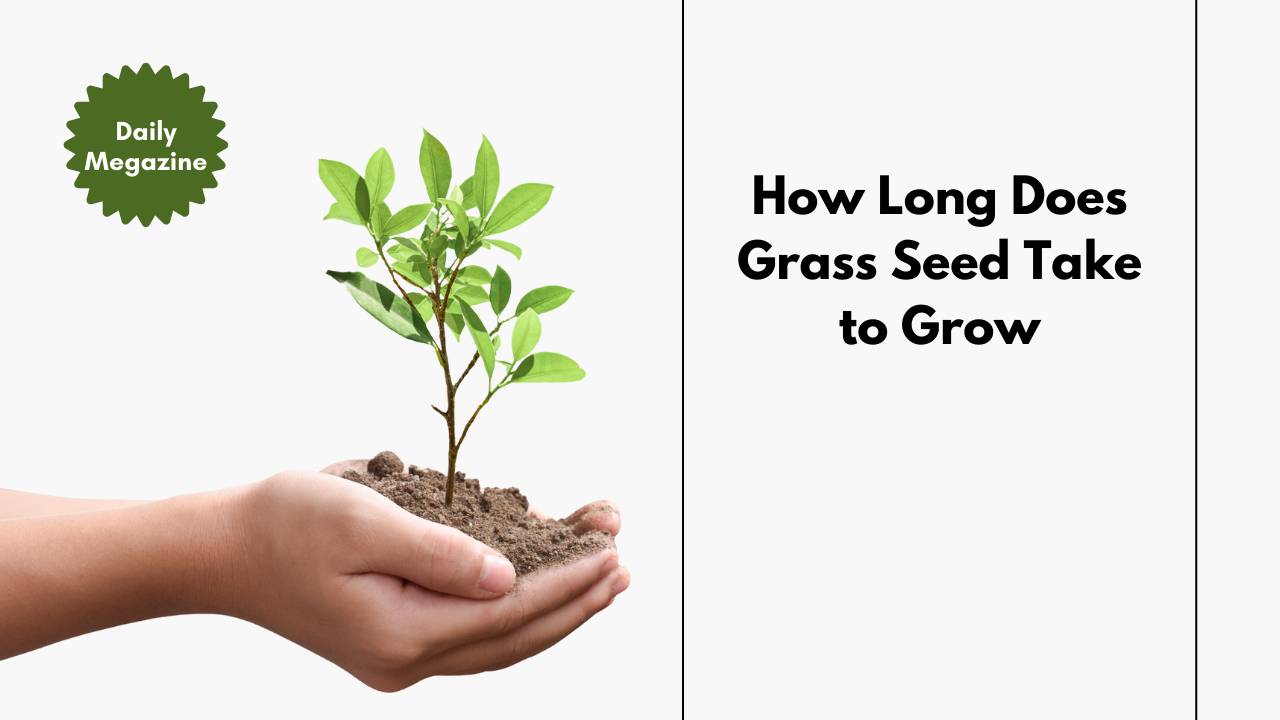
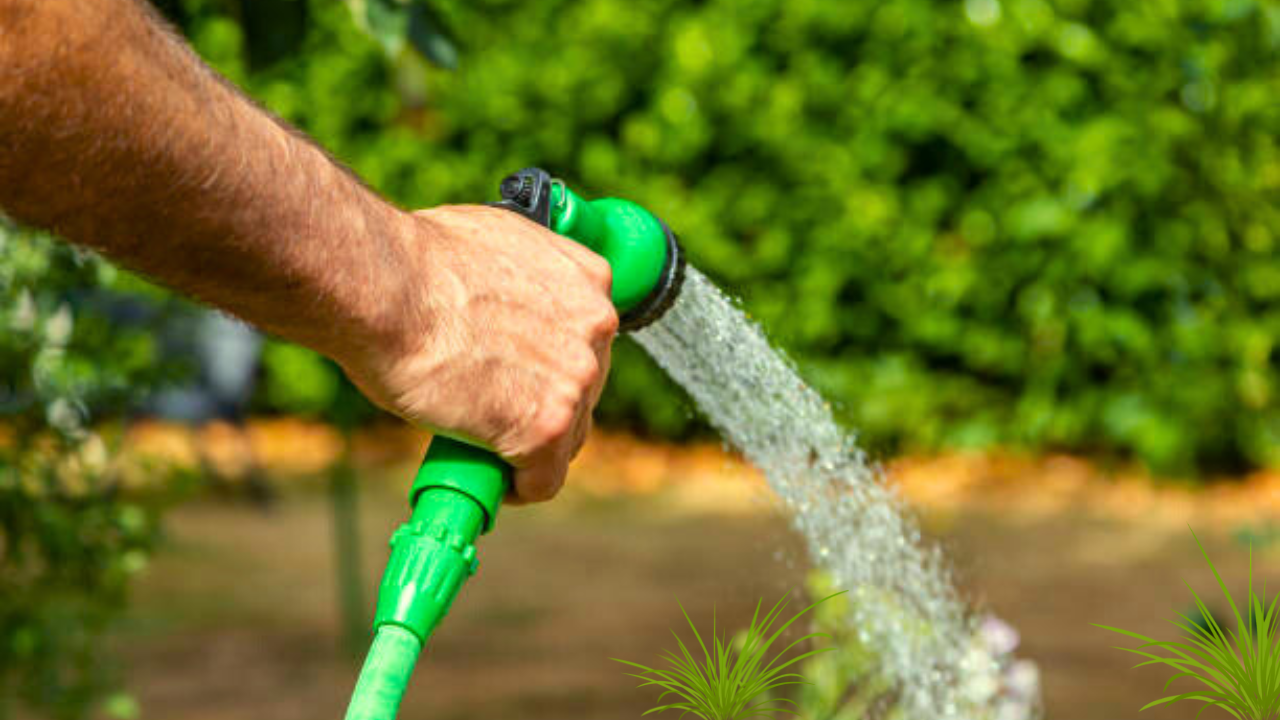

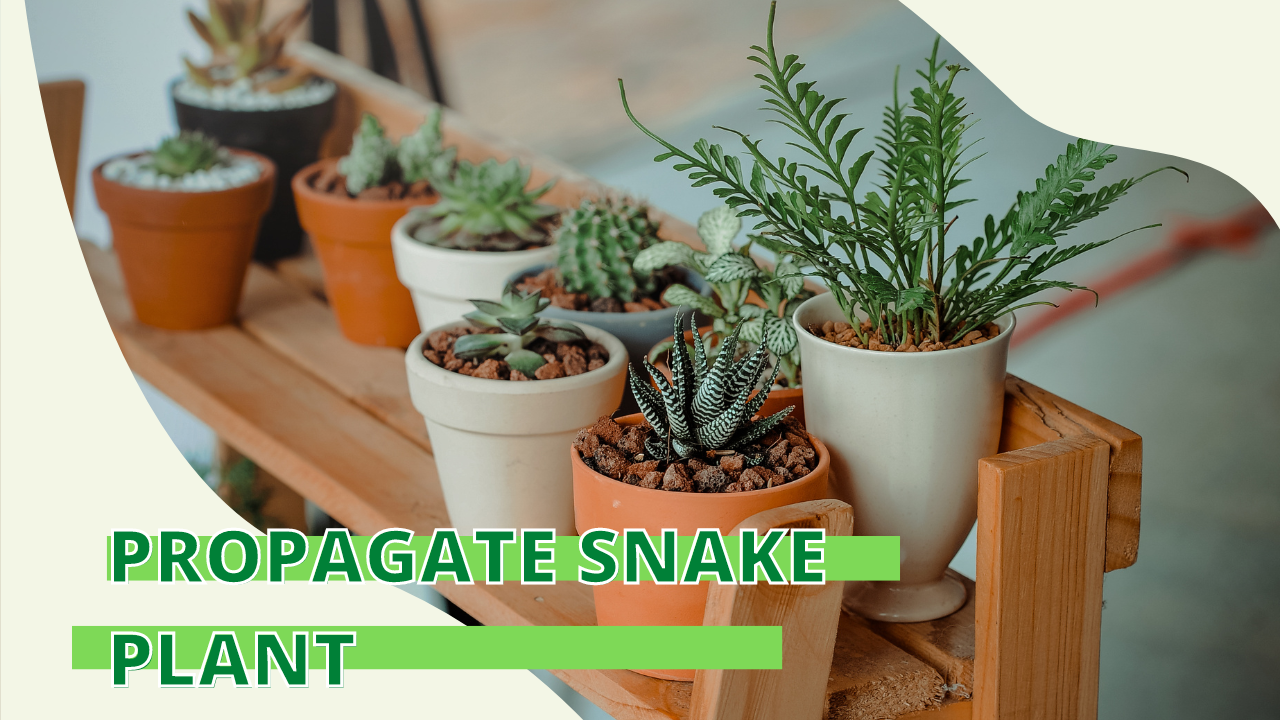



2 thoughts on “How to Keep Deer Out of Your Garden?”